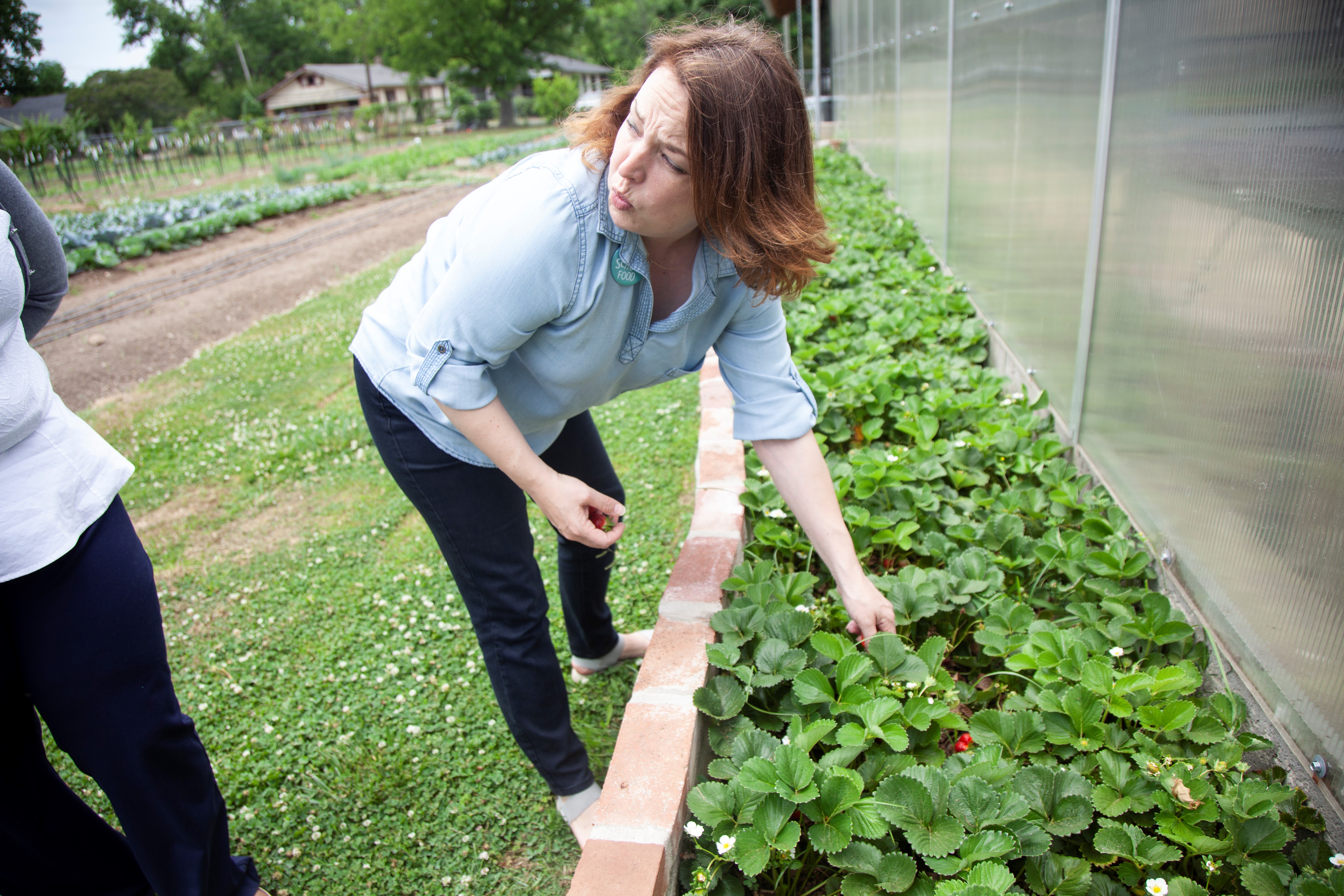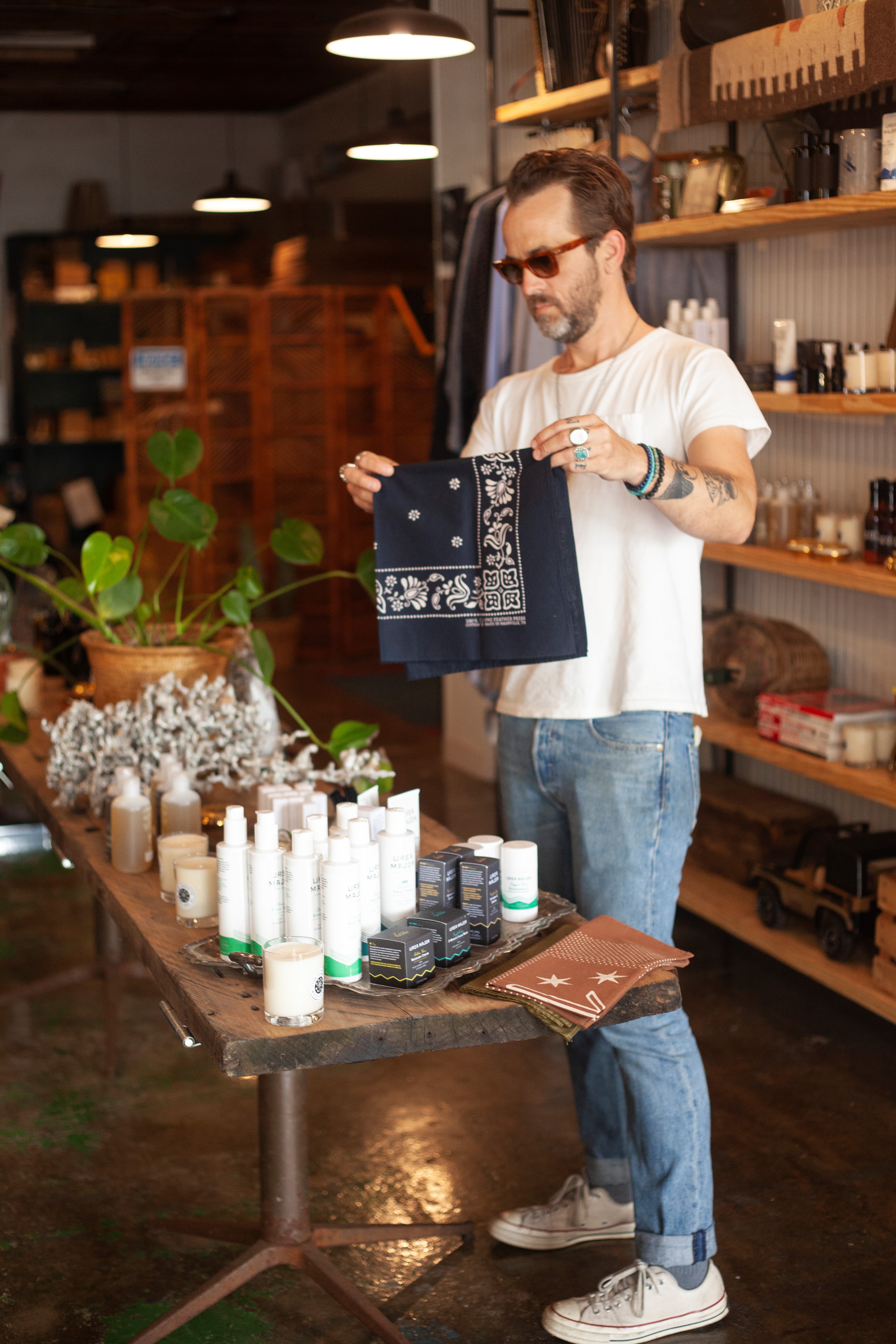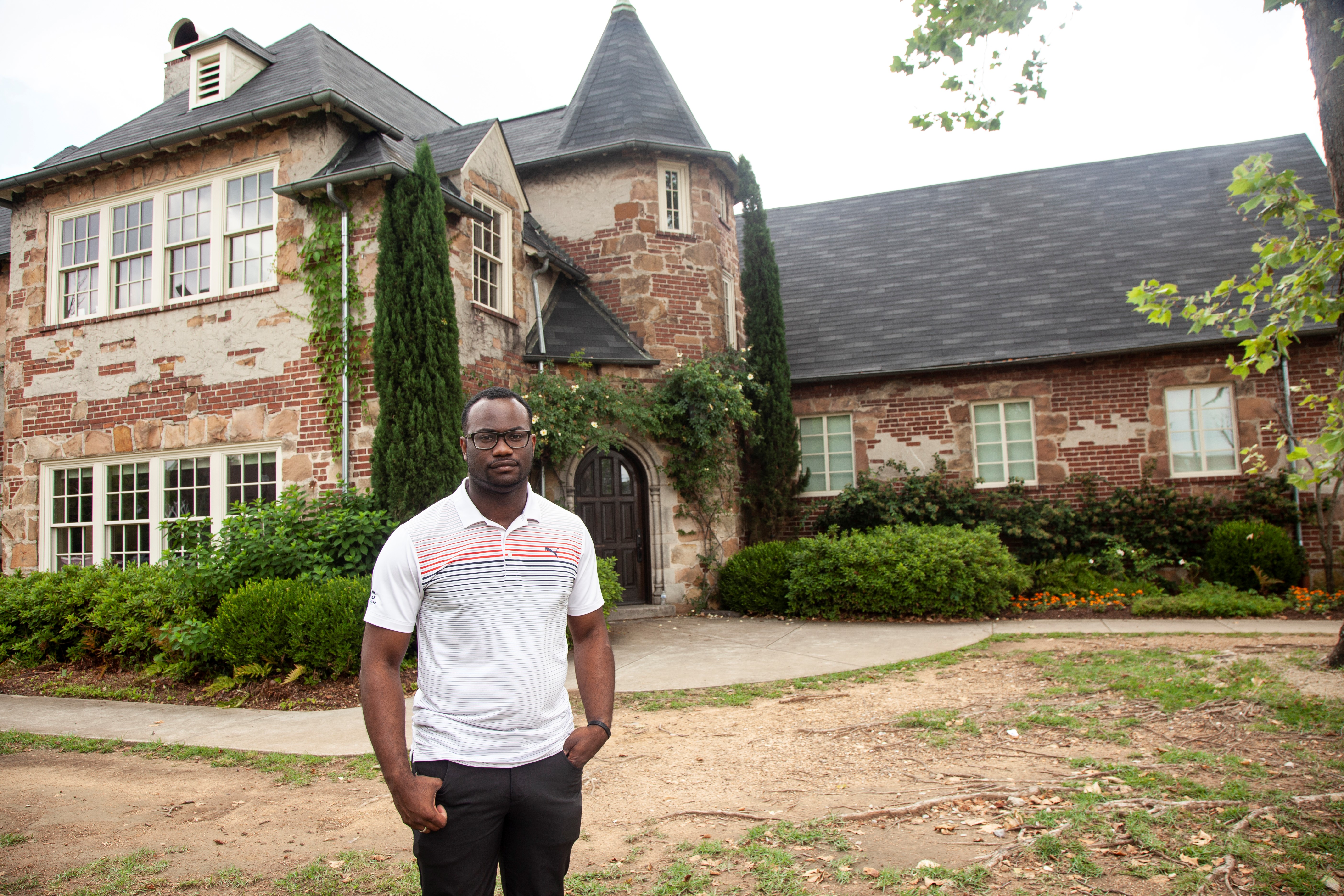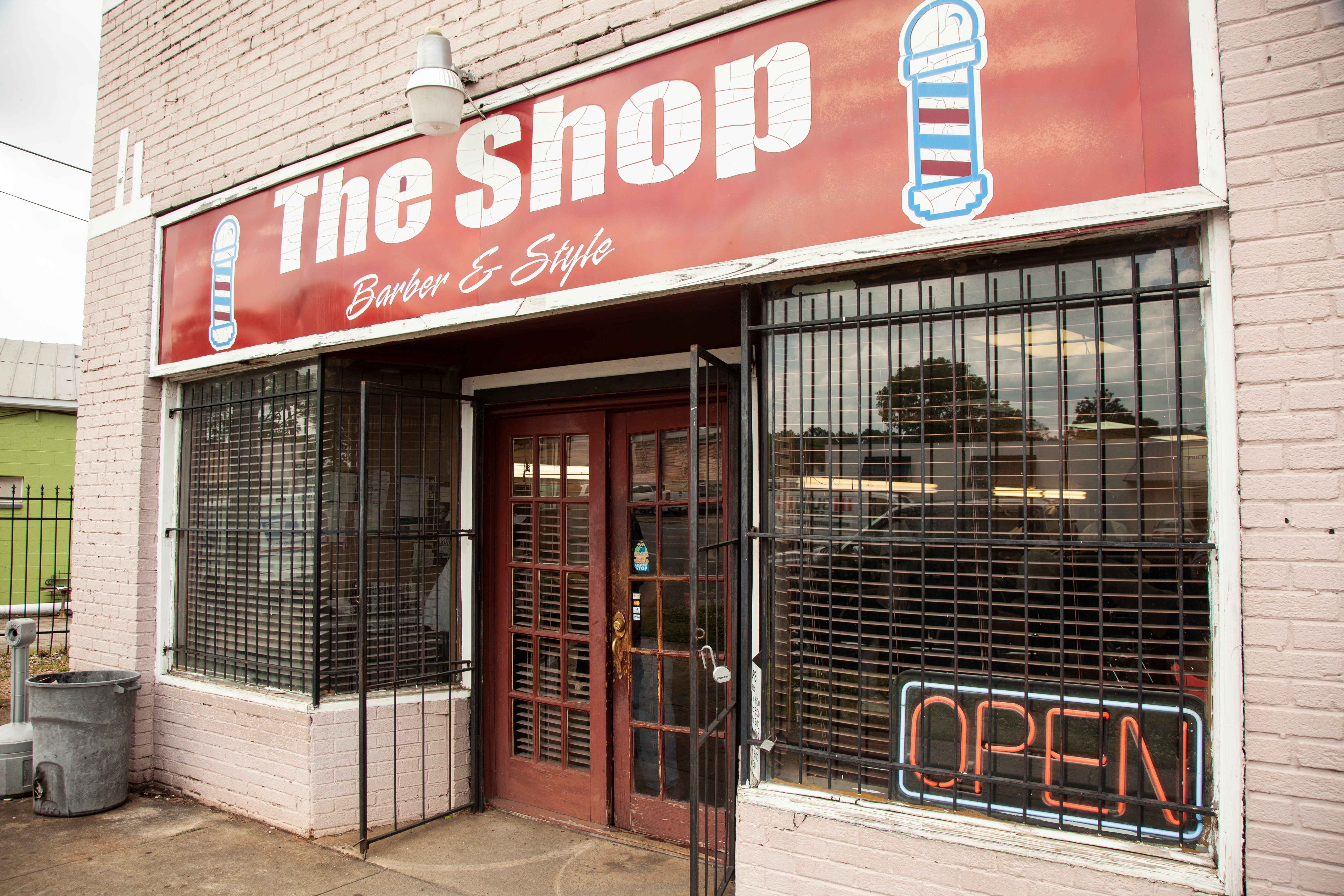
By Erica Wright
The Birmingham Times
Myeisha Hutchinson, president of the Woodlawn community and a resident there for her entire life, loves the area.
“I’ve lived here forever, and I’m not going anywhere,” she said.
The Woodlawn community—which consists of the Woodlawn, East Avondale, South Woodlawn, and Oak Ridge Park neighborhoods—has become a model for some of Birmingham’s other 99 neighborhoods and 23 communities. In fact, it has been nominated as a Best Neighborhood Program Award finalist at the 43rd Annual Neighborhood USA Conference, which will be held in Birmingham from May 23 to 26.
“I’ve seen the community come together to talk about its vision for the future and what that looks like from the standpoint of sustainability,” said Hutchinson. “As far as aesthetically, we’ve had a lot of renovations. We’ve had new housing, some homeowner rehab. For the past eight years, we’ve been able to . . . create this education pipeline, and now we’re getting into community wellness.”
Transformation
What has helped transform Woodlawn, a neighborhood once stricken with high crime and poverty, into a community on the rise with new businesses and housing developments for residents? Many point to the partnership between residents and the Woodlawn Foundation.
“We’ve been working with residents since 2010, and the benefit of the way that we have worked is we started including residents in the process from the very beginning,” said Woodlawn Foundation Executive Director Sally Mackin. “This is an effort to not just come in and fix things, but an effort to come in and build relationships with residents to engage them and to connect them with the resources to do what they want to do in their community. We feel that is more impactful than a lot of the revitalization efforts in other communities.”
The foundation serves as the “Community Quarterback” between a collaborative group of partners and volunteers and follows a model that focuses on holistic revitalization with a focus on mixed-income housing, education, and community wellness.
The foundation works with residents like Brenda Pettaway, president of the Woodlawn Neighborhood Association and vice president of the Woodlawn Community. She has lived in the area for 30 years.
“The crime has dropped, and the living conditions are better,” said Pettaway. “They’re building more houses and improving houses that already exist by coming in and repairing things that some low-income people couldn’t afford; the foundation has made those repairs affordable in homes.”
Pettaway continued, “There’s improvement in the business districts and more businesses are coming, as opposed to prior to 2010 when businesses left and there was high crime. The foundation has come along with other programs, and with the help of the people collaborating with them I have seen a big difference in our neighborhood.”
Housing and Education
Changes include Wood Station, a mixed-income housing development and nearby affordable single-family cottages; the homeowner’s rehabilitation program that provides much needed repairs to homes in the community; the Woodlawn Innovation Network (WIN), a college and career readiness program for students in Pre-Kindergarten and 12th grades; and the James Rushton Early Learning and Family Success Center, which provides services for 100 preschoolers and features classrooms and indoor and outdoor play areas.
“Some of the visible changes we have seen include much more activity on the streets. More people walk their dogs, ride their bikes, and walk in and out of businesses than they did when we first started,” said Mackin. “We see new construction. More businesses are opening. We just hope to see the community continue to grow.”
These new programs and facilities are not the only contributors to Woodlawn’s appeal. Residents and visitors can find businesses like Club Duquette, where musician Duquette Johnston and his wife, Morgan, sell everything from Taylor Stitch Jeans to French Opinel pocket knives; to candles made by Jake Carnley, owner of Great Bear Wax Co., who might be found pouring wax in the back of the shop. In Woodlawn, you can grab a bite to eat at Tony Bayles’s restaurant, “Bayles,” or get a haircut or new hairdo at Halden “Wayne” Honeycutt’s “The Shop” barbershop and beauty salon.
Woodlawn Farm
The Woodlawn Farm, a program through the Jones Valley Teaching Farm, gives students hands-on experience running a farm by planting crops and growing produce that they sell in the community.
The farm is different than others across the city because the instructor, Scotty Feltman, is employed by both the Jones Valley Teaching Farm and Birmingham City Schools. In the morning, he teaches environmental science at Woodlawn High School. In the afternoon, students work at the farm as paid interns—planting sunflowers, cabbages, collard greens, kale, carrots, tomatoes, and strawberries—and operate a once-a-week market, the proceeds of which go back into the program.
“I think [the program] does is a number of things,” said Jones Valley Teaching Farm Executive Director Amanda Storey. “Growing food is not easy, and we’ve become so disconnected from that process. Now, people are learning the value of food—including myself, because I didn’t grow up with a farm. I think there’s a really unique way to see how the skills these young people are gaining could last them for the rest of their lives.”
Feltman said, “There’s a lot of stuff that goes into it: learning how to farm, learning how to work on a team, learning how to be a leader in your community, learning how to market and run a stand. All that goes into the internship. What they learn here, they can take with them.”
The farm is just one of the programs benefitting Woodlawn’s students and residents. Another effort—the Christ Health Center and Dream Center, run by Robert Record, MD—is a ministry that provides high-quality health care for the community through the love of Jesus Christ by offering medical, dental, and psychiatric services.
Still More to Do
Though Woodlawn has become a model and continues to thrive, some feel there is still more to do.
“I want people to know Woodlawn has not arrived yet,” said Demitri Carpenter, longtime resident and Christ Health Center and Dream Center outreach engagement and community relations officer. “People think, ‘Oh, Woodlawn is great, we have all these programs and all these people willing to help.’ But, no, we still need work.
“We have a lot of kids who need to know that their futures are bright. People on the outside looking in need to know that we are one of the 99 neighborhoods that still have poverty, crime, and everything else. We just have a few organizations that are willing to do some groundwork to help this community advance, but there is still much more work to be done. I don’t want people to think its white or gentrified; it’s not any of that. We need help, and there are a lot of people over here who need help.”
To read about Birmingham’s Highland Park neighborhood, click here.
To read about the Brownville Heights community, click here.


































